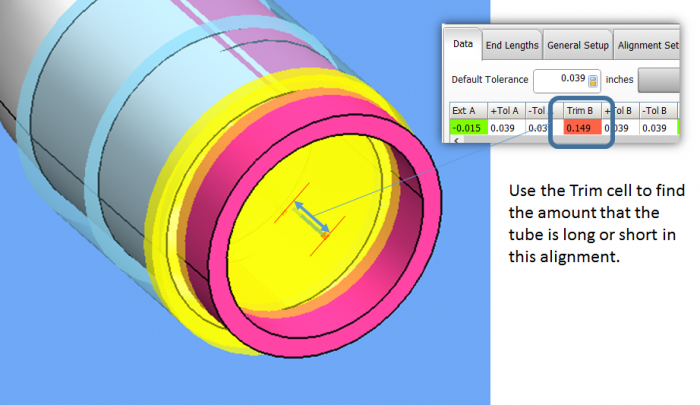Difference between revisions of "VTube-LASER End Point Deviations"
(→How to Understand the Tangent Data) |
(→How to Understand the End Point Deviations) |
||
| Line 58: | Line 58: | ||
<br><br> | <br><br> | ||
| − | |||
| − | |||
| − | |||
| − | |||
| − | |||
| − | |||
| − | |||
| − | |||
| − | |||
| − | |||
| − | |||
| − | |||
| − | |||
| − | |||
| − | |||
| − | |||
| − | |||
| − | |||
| − | |||
| − | |||
| − | |||
| − | |||
| − | |||
| − | |||
| − | |||
| − | |||
| − | |||
| − | |||
| − | |||
| − | |||
| − | |||
| − | |||
| − | |||
| − | |||
| − | |||
| − | |||
| − | |||
=Typical Industry Tangent Point Tolerances= | =Typical Industry Tangent Point Tolerances= | ||
Revision as of 01:24, 2 December 2016
|
|
Contents |
Three Main End Point Deviations
|
There are three main end point deviation values calculated during an alignment of the MEASURED to the MASTER tube. |
END LENGTH Deviations
|
The end length deviations are found at the top of the Inspection menu.
|
AFTER-TRIM Deviations
|
These are found in the first T1 value and the last T2 value in the Tangents grid.
|
Typical Industry Tangent Point Tolerances
|
In working with thousands of customers over the past few decades, we've seen some trends in accepted envelope deviation tolerances. Here are what we commonly see: Aerospace and Automative Fluid Lines
Automotive Exhaust Pipes
Shipbuilding
HVAC
Structural Tubes (Frames)
Tighter TolerancesSometimes customers will required +/-0.75 mm - but this is very rare. We've never seen tube shapes that must be qualified with a deviation tolerance of less than +/- 0.75 mm. |
Other Pages
- See also VTube Intersection Point Tolerances
- Back to VTube-LASER







